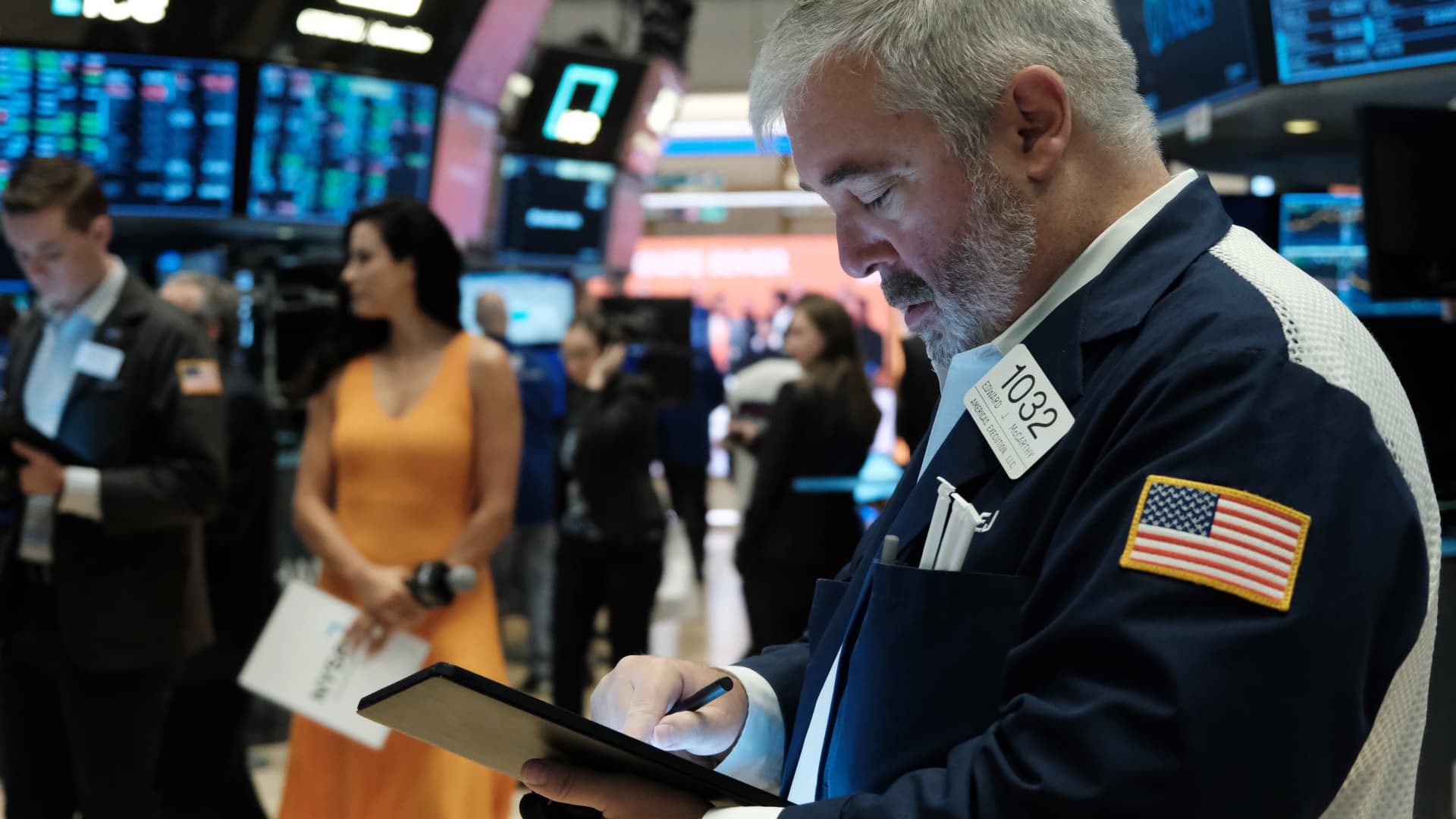
Analysts have singled out a group of companies that will benefit from interest rates staying higher for longer: those that are rich in cash and have strong balance sheets. According to the CME FedWatch Tool , there’s a 75% chance that the Fed will pause rate hikes this week. For the July meeting, however, the figure is at 33%. Analysts attribute the outlook to factors such as inflation being stickier than it looks, and a labor market that continues to be tight. “If the Fed is truly data dependent and using their prior metrics, then they should raise rates by a further 25 basis points, given sticky inflation and a labor market that continues to produce jobs,” said James Demmert, chief investment officer at Main Street Research. “If they choose to pause and not hike rates, we expect them to strongly express that the rate hikes are not over to dispel investors from getting too overconfident,” he said in a Friday note. Key beneficiaries Analysts recently flagged cash-rich companies as a beneficiary of higher interest rates. “Companies with high cash and short-term investments could immediately benefit from higher interest income given the sharp rise in cash rates,” said Jefferies in a May 31 report, adding that this applies particularly to U.S. and European stocks. It said that consumer services, software and semiconductor companies are among those likeliest to profit the most from higher interest. Stocks with the highest cash-to-total asset ratio have had much higher earnings per share beats than sales beats — indicating better performance on net margins — possibly from higher interest income, said Jefferies. “Companies with ample [free cash flow] margins are self-financing and may be better equipped for a weakening market,” said Morgan Stanley in a June 2 note. “With higher interest rates, companies with robust balance sheets may be able to generate substantial amounts of interest income and surprise to the upside.” Stock screen CNBC Pro screened the S & P 500 and MSCI World indexes to look for such cash-rich stocks. The resulting stocks have a cash-to-total asset ratio of more than 10%, free cash flow yield of more than 5%, buy ratings from over 50% of analysts covering them, and average price target upside of at least 10%. According to Jefferies, the median cash-to-total assets in the U.S. is 7%. The higher the free cash flow yield, the better a company’s position to meet its debt obligations. A company with a high free cash flow is also able to access cash more quickly in the event of an emergency or opportunity. U.S. pharmaceutical firm Vertex Pharmaceuticals has the highest cash-to total asset ratio in the list, at nearly 60%, with potential upside to price target of around 27%. A couple of American semiconductor companies also made the list: Broadcom and Onsemi , with Broadcom attracting the highest buy rating at 70%. BofA was recently bullish on Onsemi, naming it as its top pick poised to capitalize on the global transition to electric vehicles. Non-U.S. listed stocks also made the screen, with German airline Lufthansa garnering the highest potential price target upside in the list, at nearly 80%. A handful of automakers also showed up, such as Honda Motor and Renault. — CNBC’s Michael Bloom contributed to this report.
